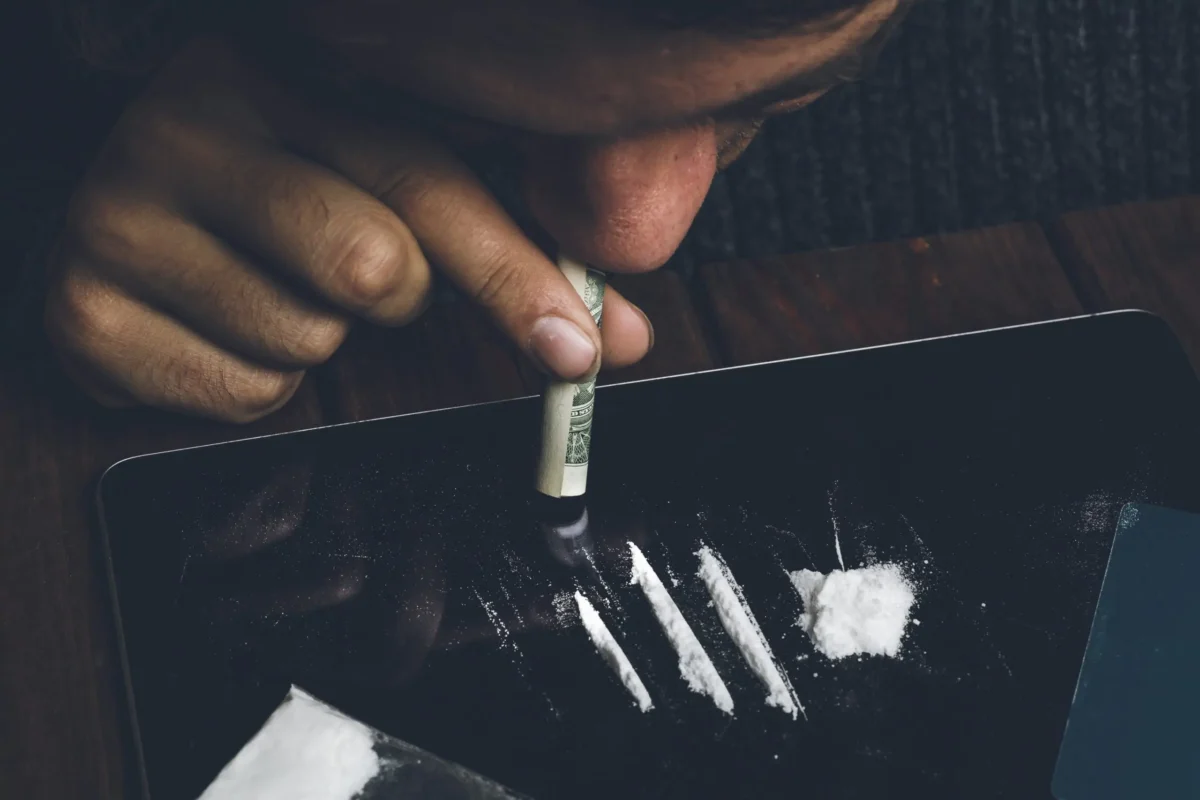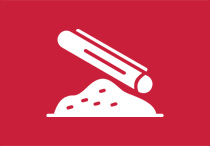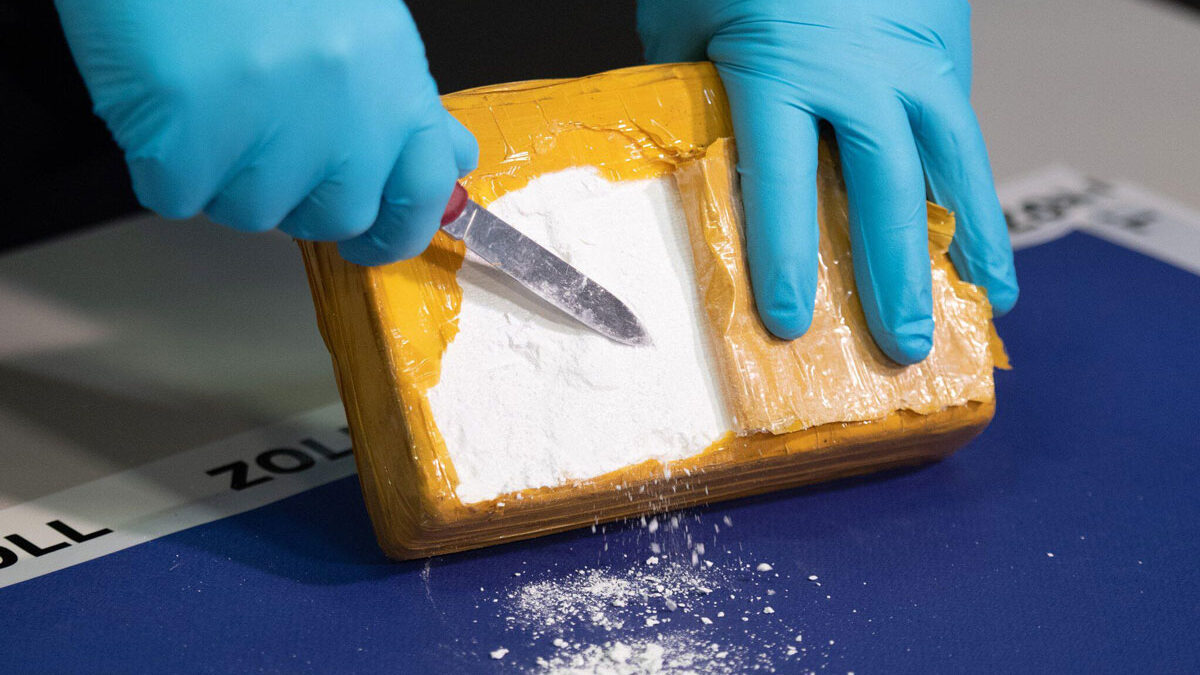
Wofür wird MDMA verwendet?
17 December 2021Cocaine is a highly stimulating and psychoactive substance extracted from the leaves of the coca plant. It is one of the oldest known psychoactive substances and has a long history of use for medicinal, ritual, and non-medicinal purposes. Cocaine for sale in Switzerland. It is important to note that cocaine is classified as an illegal drug in most countries due to its high potential for addiction and serious health risks. The non-medical use of cocaine can lead to serious health problems and social consequences. Cocaine for sale in Berlin.

Medical use:
- Local anesthetic: Cocaine has a strong numbing effect and was formerly used medically as a local anesthetic, particularly for surgical procedures in the head and neck area. However, due to its side effects and high potential for abuse, cocaine is rarely used medically these days. Cocaine for sale Switzerland.
- Vasoconstrictor: Due to its vasoconstrictor properties, cocaine has historically been used in certain medical situations to control bleeding and constrict mucous membranes.
- Historical medical uses: Historically, cocaine was also used to treat colds, asthma, and headaches, but these uses are now outdated and no longer considered appropriate. Cocaine for sale in Switzerland.
Non-medicinal use:
- Stimulant and euphoria: The primary non-medical use of cocaine is to experience its stimulant effects. Cocaine can produce feelings of euphoria, increased energy, self-confidence, and social interaction.
- Recreational drug: Cocaine is often used as an illegal recreational drug and can be snorted, smoked, or injected intravenously. It is often consumed at parties, in clubs, and in social settings.
- Performance enhancement: In some cases, cocaine is abused to increase performance and endurance because it can provide a feeling of alertness and increased energy. This use is risky to health and can lead to serious side effects. Cocaine for sale in Switzerland.
Cocaine for sale in Portugal. It’s important to emphasize that cocaine is a very potent stimulant and carries significant health risks. The non-medical use of cocaine can lead to addiction, cardiovascular problems, anxiety, psychosis, and even fatal overdoses. Due to its high risk of addiction and potential complications, the use of cocaine is strongly discouraged for health reasons. High-quality cocaine for sale
The cocaine black market: A global industry with high human costs
Cocaine remains one of the world’s most visible and damaging illicit drug markets. Cocaine is extracted from the coca plant in parts of the Andean region and sold to consumer markets in North America, Europe, and beyond. The cocaine trade fuels violence, erodes institutions, and creates significant public health challenges. This article examines the history, scale, social impacts, and policy responses to the cocaine black market—without providing operational or supporting details.
Coca leaves have been cultivated in the Andean highlands for cultural and medicinal purposes for millennia. The chemical isolation of cocaine in the 19th century transformed an indigenous practice into a global commodity: early uses ranged from medicinal stimulants to recreational tonics. At the beginning of the 20th century, the social and medical status of cocaine changed dramatically as controls and prohibitions spread worldwide. The current illicit trade grew in the second half of the 20th century as demand exploded in affluent consumer markets.
Recent international reports show that the cocaine market has grown significantly over the past decade. Data and United Nations reports indicate record or near-record production volumes and a growing number of users worldwide, with production concentrated in a few South American countries. This boom has significant implications for governments, communities, and public health systems in both producing and consuming countries.
At the highest level, the market combines three major elements: coca cultivation, processing into a marketable drug, and distribution to consumer markets. Many different actors are involved in these steps—from smallholder farmers and local intermediaries to organized crime groups and illicit distribution networks. What distinguishes the cocaine market is its size, its profitability, and the way in which profits are used to sustain organized crime and, in some regions, to exert political and military influence. (This overview intentionally omits tactical, technical, or logistical details.)
The cocaine trade leaves a serious mark on the countries along its supply chain:
In several producing and transit countries, competition for control of lucrative routes and smuggling markets has increased murder rates, contributed to displacement, and weakened state authority. Armed groups and criminal gangs often use illicit proceeds to purchase weapons or repress communities.
Economic distortions: Where coca cultivation is an important source of local income, it can distort rural economies, reduce investment in legal livelihoods, and create dependence on an illegal cash crop. These dynamics complicate development and poverty reduction efforts.
Coca use contributes to acute health needs (overdoses, injuries) and chronic harm (mental health and cardiovascular disease). Production and trade also cause environmental damage—deforestation and pollution from processing—which further harms vulnerable communities.
For decades, many countries have relied heavily on prohibition, eradication, and law enforcement to reduce supply. These measures can confiscate large quantities and disrupt networks, but scientific evidence shows that enforcement alone rarely leads to the complete elimination of production or demand. In some cases, aggressive supply-side campaigns have had unintended consequences, such as the displacement of violence, increased incarceration rates, or the relocation of production to new areas. Therefore, policy debates increasingly emphasize blended approaches that combine law enforcement with development assistance, alternative livelihoods, and public health strategies.
A growing number of experts and some governments are advocating for policies that view substance use primarily as a health problem. Harm reduction measures (expanded access to treatment, overdose prevention, and evidence-based prevention programs) can reduce morbidity and mortality in consumer countries. In producing regions, integrated development programs that offer genuine, economically viable alternatives to coca cultivation—along with strengthened rule of law and anti-corruption measures—are part of the longer-term solution package. These strategies are politically and logistically complex and require multinational cooperation.


